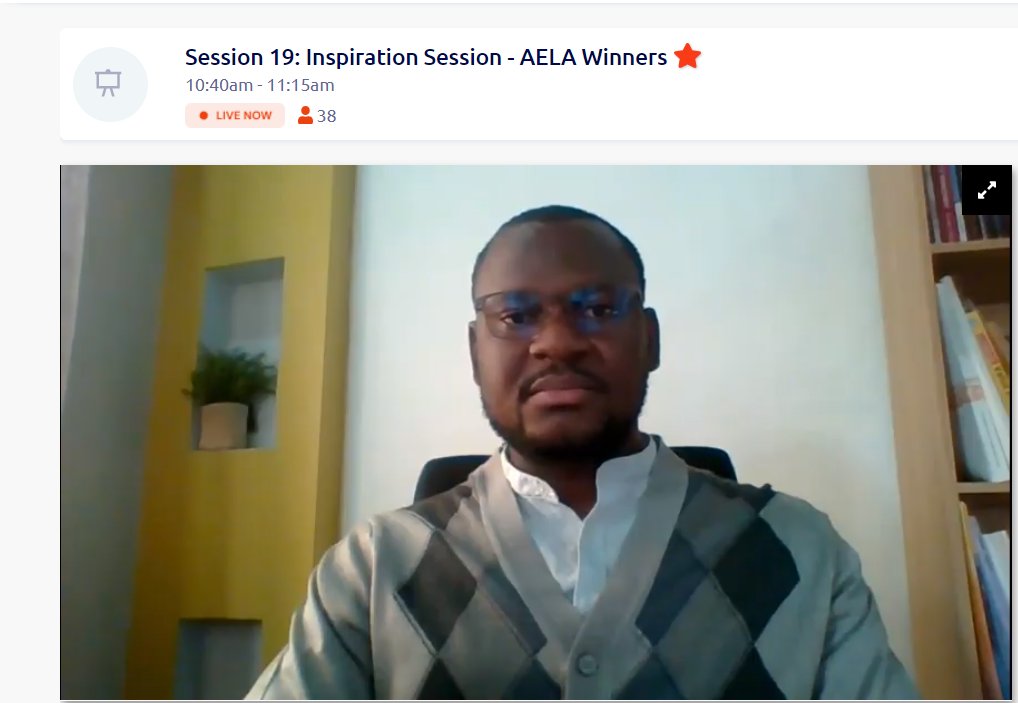Evidence-informed policymaking (EIP) is a nonlinear and iterative process in which we engage policy and decision-makers in improving their culture of evidence use. However, often those we work with are not adequate people to work with, making it unclear who the authorities are. The main reason is the misunderstanding of power relationships within policy spheres at local and central government levels. Therefore, clarifying who the authorities are and understanding the game of power is instrumental in embedding evidence use in policymaking.
Benin is a case in point. Learning from our work on institutionalizing EIP, we found three main types of power relationships that are worth sharing with the international community working in the field.
Type 1. The apparent decision-makers: they act as if they have the decision power, but it is not the case. In this first scenario, there is one official authority known by everyone who has the mandate and “power” to make decisions. However, in practice, there are other arrangements in which that authority does not actually make decisions; there is a “hidden authority” driving the decisions and making them look like they are being made by the official authority. At the institutional level, an example may be a ministry that is supposed to make decisions and drive national development processes in a specific sector.
However, in practice, there is a “technical agency” that reports directly to the President office, and it is that agency that prepares all major decisions in the given sector. At the organizational level, this scenario can be observed between the highest authority and its technical advisors. In many cases, that authority might not be savvy in the organization's technical matters and rely on his/her technical advisors to make decisions. In such cases, those technical advisors have the power to shape decisions based on their perspectives.
In that sense, working to institutionalize evidence use in policymaking comes to identify and work with such hidden authorities within organizations. However, identifying them is not an easy task, and there is no blueprint to suggest. Nevertheless, the experience learns that the identification requires at least to engage them in regular meetings and discussions to understand better the cycle of decision making within institutions and the actors that intervene at each step. Such discussions, in the end, give a hint about who actually makes decisions and, therefore, are relevant to consider in evidence-informed policymaking.
Type 2. The constrained decision-makers: they hold power but cannot use it. In this case, the decision-maker is well known and is the person who makes decisions. However, there are institutional barriers that prevent him/her from controlling the whole decision-making process. Such barriers can be that the decisions made by that authority should be vetted by another authority that officially has the power to approve or reject the decisions. An example of such a situation in the context of our work is the local government.
Legally, the mayor has the power to drive local development in his/her municipality, but decisions made by the municipal council should be approved by the prefectural authority appointed by the central government; the main reason for such institutional arrangement is to “ensure alignment between decisions made at the local level and national development priorities. The latter is not a bad idea, but sometimes it can make the power of local government authorities just apparent, and the real power to drive local development is still in the hands of the central government. For instance, extensive collaborations and discussions with local policymakers showed that such barriers, in practice, impede local government authorities from deciding on their priorities and move forward. The cycle of decision-making is long and usually slows down enthusiasm towards informed decision-making.
Such a situation in EIP implies that central governmental actors become essential to involve in local development processes. For instance, institutionalizing EIP at local levels requires more or less the involvement and approval of prefectural authorities, especially the officer in charge of local planning. Doing this reinforces EIP efforts and increases its chances for success.
Type 3. The unwilling decision-makers: they hold the power of decisions but do not want to use it. This type of authority may have the actual power, and there is no institutional barrier preventing him/her in the policymaking cycle. However, he/she is not willing to inform decisions with evidence or embed evidence into the policymaking process. Three reasons may justify such behavior. The first is a lack of accountability. That type of authority is working in an environment where the supply of or demand for accountability is deficient; should he make bad or good decisions, there are no incentives or sanctions. Such authority finds it not worthy to make additional efforts in using evidence to guide its decisions.
The second reason is corruption. The authority is not motivated to use evidence because he/she has already been corrupted to do otherwise. The final reason is related to political incentives. Many decision-makers are also political leaders trying to balance their decisions with their political interests. Therefore, although he/she may have the power to decide, he/she may prefer not to follow what evidence recommends because it will not satisfy its political interests. One primary example is deciding which areas may benefit from a specific intervention like a nutrition program. Although the available evidence may point to some areas as more affected by malnutrition, the decision-makers may decide to direct the interventions towards areas with less acute malnutrition problems but favorable to his/her political interests.
The situation described above usually makes it difficult to institutionalize EIP within institutions. For instance, unwilling decision-makers are not even interested in hearing about EIP efforts because they know about the related implication of such efforts in making decisions. Hence, institutionalizing EIP by working directly with such decision-makers is doomed to failure. However, there is a chance to succeed if EIP efforts are aware of this type of decision-makers and endeavor to work with other policymakers and technical officers of the same institution who are convinced of using evidence in EIP. In that case, the latter would start confronting decision-making with evidence-informed solutions and create an uncertain environment around this type of decision-makers. While we recognize that this is not an easy task, we think that using such an alternative may create a chance of transforming EIP processes progressively in such situations.
In conclusion. The three different types of authorities are not necessarily distinct. A single authority can display one or more of the traits of decision-makers depending on the context and the issues at stake. Understanding these dynamics and games of power is critical and predetermines the success or failure of any effort to institutionalize evidence use. When one fails to know who the real authority is, resources are spent on the wrong person or institution. To avoid that, it is essential to go beyond what is officially said regarding who the authority is and create engaging and deep relationships with the stakeholders. This will help uncover who are the main actors of the power game and how they interact with each other. Furthermore, navigating unclear authorities requires building trust among stakeholders, especially with policymakers. Without trust, it will be challenging to have a deeper understanding of how decisions are made to identify the most efficient ways to embed evidence into the process.



